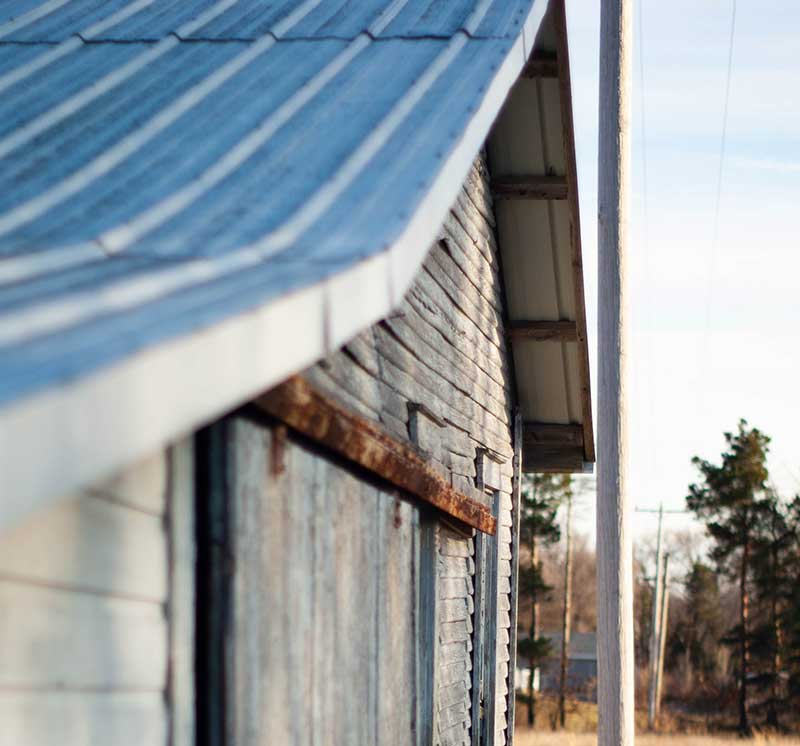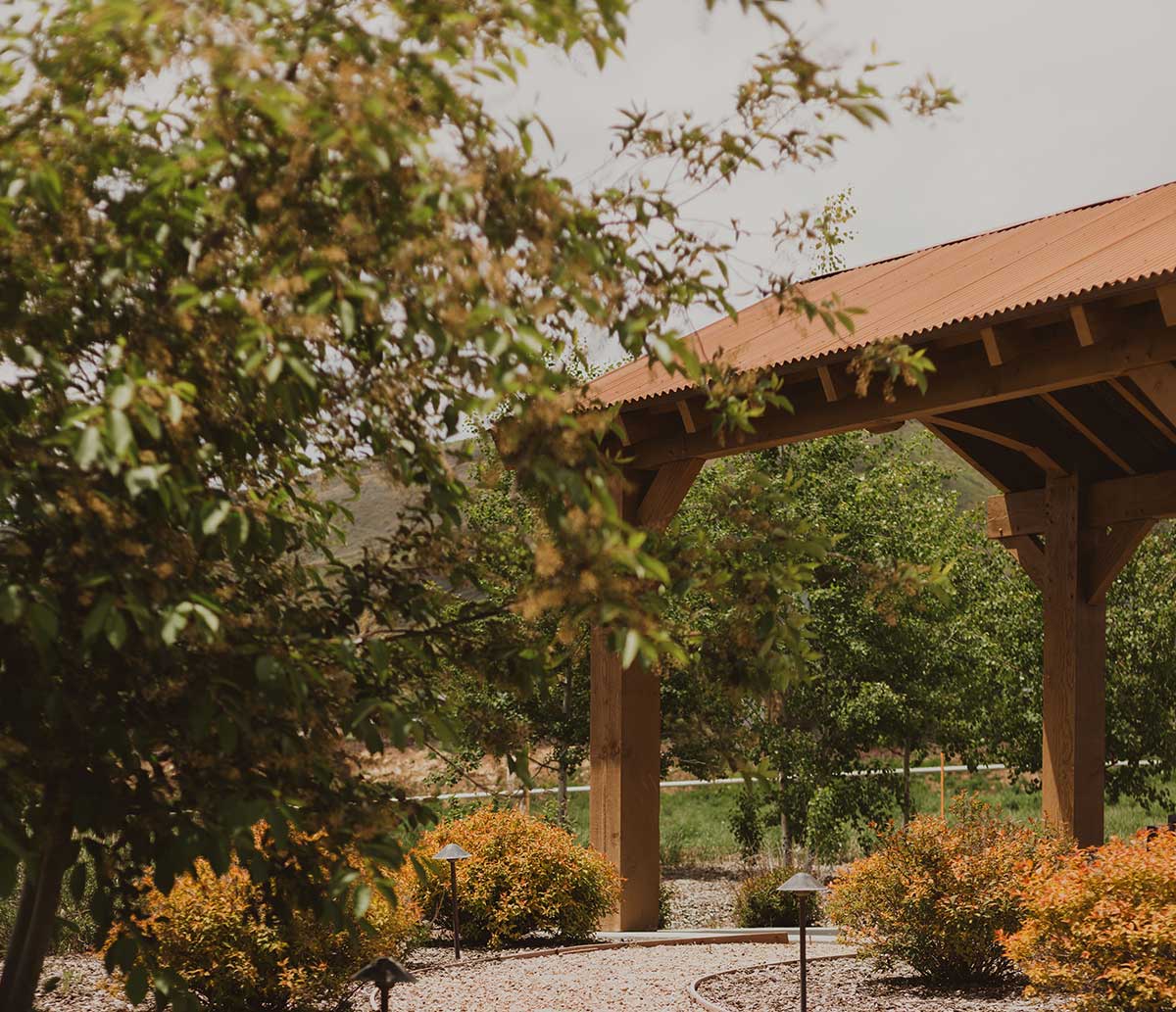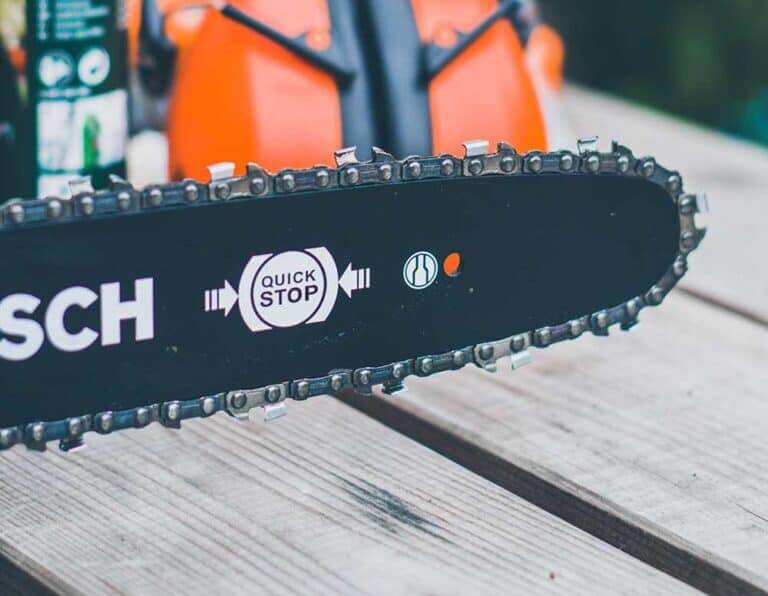How Hot Does A Shed Get In The Summer?
As an Amazon Associate I earn from qualifying purchases.
The temperature inside a shed can vary significantly depending on different factors, including the location and climate, the materials used to construct the shed, and the ventilation and insulation of the shed.
In general, sheds can get very hot in the summer if they are not properly ventilated or insulated. On a summer day, a shed heats more of its material, is small in size, has less ventilation, and is where you position the shed.
For these reasons, a shed can be hot above 100°F or 37°-38°C, and in humid and hot areas, the temperature could reach more than 120°F or 48°-50°C.
Let’s get more about how hot does a shed get in the summer and how to keep it cool in tough weather.
Contents
How hot does a shed get in the summer?

A shed temperature defers from material to material. On a hot summer day, a shed can be heated above 100 degrees Fahrenheit temperature and it can feel more inside. A shed is mainly built with three basic materials. These are wood, plastic (vinyl or resin), and metal; on direct sunlight or heat, these 3 different sheds get hot at different temperatures.
Metal:
Metal is a great conductor of heat. It absorbs the heat easily but takes more time to cool down. Metal sheathing over a metal frame allows much more heating than other materials. On a hot summer day, normally a metal shed gets 80°–100°F in outer and interior temperatures. But it can be heated up to 100°-120°F depending on the area, positioning, shed color, and other factors.
Plastic:
A plastic sheathing and frame shed on a hot summer day gets quite hot but not much like the metal. Its outer and interior temperature remains less than the metal shed’s 100°F.
Wood:
Wood is less heat conductor than plastic and metal. But in direct sunlight or heat, it also gets hot and can reach 75°-85°F temperature.
So, it’s better to have a woodshed to have less heat in the summer.
How to keep cool a shed in the summer?
Without proper ventilation, the heat and humidity inside the shed can build up, making it feel much hotter than the ambient temperature outside. Insulation can help to regulate the temperature inside the shed. However, ensuring sufficient ventilation to prevent heat and moisture build-up is still essential.
To help keep a shed cool in the summer, you can try the following strategies:
Strategies To Keep A Shed Cool In The Summer
- Install vents or windows to allow for natural airflow and ventilation
- Use a fan or air conditioning unit to circulate the air and cool the space.
- Reflect the sun’s rays away from the shed by painting the exterior a light color or installing a reflective material on the roof
- Plant trees or other vegetation around the shed to provide shade and block the sun’s rays
- Use reflective window film to block the sun’s rays and reduce heat gain.
Following these strategies can help keep your shed comfortable and cool during the hot summer months.
Step By Step Process To Keep The Shed Temperature Low
For multiple reasons, a shed temperature could be raised such as the material used to build the shed, small size, less airflow, ventilation, shed position, etc. For high-temperature staying or working in a shed gets tougher but there are multiple ways you cool your shed in the summer.
Firstly, if you haven’t built a shed, then built a shed with plastic or wood material to keep cool in the summer. Also, you can use fiberglass batts, spray foam, and foam board under the plastic or wood shed to avoid excessive heat.
Secondly, if your place has a shady area or a tree, place the shed in a position so that the tree gives shade or the direct rays of the sun felt on the shed to keep it cool in summer.
Thirdly, make sure to have as much as a ventilator or window in the shed to have good airflow.
Fourthly, use a ceiling fan or tower fan to have airflow inside the shed to keep the environment cool. Also, you can install an air conditioning unit to reduce hot temperatures.
Fifthly, avoid using glass windows or if you use glass windows, cover them with some reflective material to avoid getting in the direct heat inside.
Lastly, but most important, paint your shed with a bright color like white to reflect light and reduce heat in the summer.
How To Remove Hot Air From A Shed?
Here are some potential methods for removing hot air from a shed:
Install ventilation fans:
This can help draw hot air out of the shed and exchange it with cooler outside air. There are various types of ventilation fans available, such as exhaust fans and inline fans, which can be mounted on walls or ceilings.
Open windows and doors:
Allowing hot air to escape through open windows and doors can be an effective way to cool down a shed. This method may be particularly useful if the shed is not well-insulated or if the outdoor air is cooler than the air inside the shed.
Use a portable air conditioner:
If the shed has electrical outlets and you have access to a portable air conditioner, this can be an effective way to cool down the space. Portable air conditioners work by drawing in hot air, cooling it, and then releasing the cooled air back into the room.
Use a ceiling fan:
Installing a ceiling fan in the shed can help circulate air and create a breeze, which can make the space feel cooler. Ceiling fans are relatively inexpensive and easy to install.
Use shading or reflective materials:
To reduce the amount of heat entering the shed, you can try shading the windows or using reflective materials on the exterior of the shed to reflect sunlight away from the space. This can help keep the shed cooler during the day.
Insulate the shed:
Proper insulation can help keep the shed cooler by preventing heat from entering the space. If the shed is not well-insulated, you may want to consider adding insulation to the walls, ceiling, and floor to improve its energy efficiency and reduce the amount of heat buildup inside the shed.
What is the best material to build a shed?
Mainly sheds are made from one of three materials. These are wood, plastic, and metal. These materials all have their own advantages and disadvantages. While choosing or declaring the best material to build a shed we have to look at their hardness, durability, capability, comfort, and cost.
Wood:
Wood is the most common material used for sheds in the past. It is easily customizable to have any shape. Though the woods are expensive, it is durable and provides low heat to use in any weather. But woods can be unsafe to harsh weather, water, and insect; these can damage the woodshed easily.
Metal:
A metal shed can be made from aluminum or steel. It is more cost-effective than a wood shed. Metal sheds are durable and resistant to rot and vermin but get rust and dent easily. Also, metal sheds heat more than other materials, its interior temperature could reach above 100 degrees Fahrenheit.
Plastic:
Plastic sheds are mainly vinyl and resin sheds. Plastic sheds are durable and lightweight. Although it does not cost as much as wood, it is UV-protected, crack-resistant, rust-free, and stain-resistant. In blistering temperatures, plastic shed color can fade easily and making it sturdy and can’t take the load like wood and metal. But the ideal for humid and hot areas.
Frequently Asked Questions
Q. How do you remove hot air from a shed?
On a summer day as the day goes on, the heat increases, and inside the shed, the hot air also rises, which irritates especially while you are working. To remove hot air from a shed you can create roof vents, increase windows, add a ceiling fan or tower fan, or an air conditioning unit.
Q. What can you do to protect your shed from sunlight?
In extreme weather like sunlight heat or rainwater can damage your shed wall. For that to protect your shed from sunlight, you can paint it with bright color and coat it with decking oil or exterior wood.
Q. Is it better to have a metal shed or a wooden shed?
A wooden shed is strong, and durable but expensive and unsafe to harsh weather, water, and inspects. On the other hand, a metal shed is way more inexpensive, durable, and holds better than wood.
But wooden sheds are customizable and heat less than a metal shed in the summer.
For that durability and price metal shed is better but providing less temperature and customize options, a wooden shed is better.
Q. How do you waterproof the inside of a shed?
Water can damage and harm your shed easily. To avoid your shed damage, use a plastic base or concrete base to waterproof the inside of a shed.
Q. What type of flooring is best for a shed?
There is a concrete slab, wood tongue, epoxy floor coating plastic, and pressure-treated plywood for flooring a shed. But the best you can get for flooring is pressured-treated plywood. It prevents the growth of rot and mold and reduces moisture.
Conclusion
On a summer day, the sun radiates excessive heat, which heats the outer layer of the shed that ultimately increases the hot temperature inside the shed and which can reach more than 100 degrees Fahrenheit temperature.
Also, I gave you the solutions on how to keep cool your shed. I hope you got all the answers and tips. Thank you.






